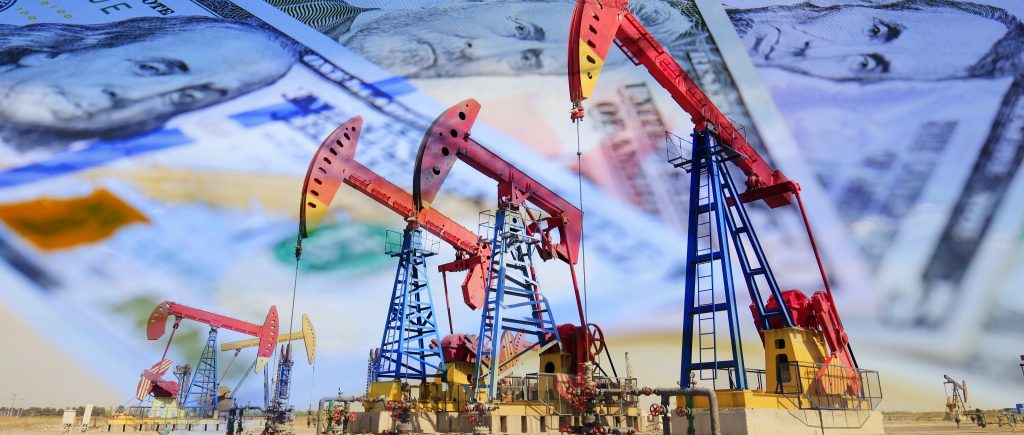Oil prices climbed 1% on Monday, reflecting investor optimism around U.S. President Donald Trump’s meeting with Ukrainian President Volodymyr Zelenskiy. Brent crude rose 75 cents to $66.60 a barrel, while West Texas Intermediate increased 62 cents to $63.42. This uptick reverses last week’s drops of 1.1% for Brent and 1.7% for WTI, driven by hopes that the White House talks could pave the way for ending Russia’s war in Ukraine. Trump’s realism—prioritizing a full peace deal over a ceasefire—offers a bold shift that could stabilize global energy supplies, but it demands scrutiny. Historical precedents, such as the failed Minsk agreements, highlight how incomplete resolutions prolong market volatility, as evidenced by the 2014 Crimea crisis that triggered sanctions and price spikes.
The Diplomatic Shift in Focus
Following an inconclusive U.S.-Russia summit in Alaska, Trump expressed confidence in a potential trilateral meeting with Russian President Vladimir Putin, asserting that Putin seeks an end to the conflict. By advising Ukraine to relinquish claims on Crimea and NATO membership, Trump aligns closer to Moscow’s terms for peace. This approach challenges conventional wisdom but could accelerate de-escalation, fostering reliable oil flows. Markets responded positively, betting on reduced disruptions. Yet, without swift follow-through, such as announcing a summit date, these gains risk evaporating, echoing past diplomatic stalls that kept prices elevated.
Escalating Threats Amid Trade Warnings
Complicating the outlook, Ukraine escalated attacks on Russian energy assets, with drones targeting a Tambov oil station and suspending Druzhba pipeline supplies. These strikes, reminiscent of the 2022 Nord Stream incidents that inflated European gas costs by over 20%, provide short-term price support.
White House trade adviser Peter Navarro amplified concerns by criticizing India’s Russian oil imports as war funding, noting how India reroutes embargoed crude into profitable exports. International Energy Agency data reveals India handling nearly 40% of Russia’s seaborne shipments last year, underscoring the need to address these flows. Postponed U.S.-India trade discussions heighten fears that diplomatic frictions could hostage energy stability, even as Ukraine peace prospects improve.
Wider Implications: Rates and Regional Parallels
Traders also monitor Federal Reserve Chairman Jerome Powell’s Jackson Hole comments for interest rate cues, where easing could boost demand but stubborn inflation might limit relief. In the Middle East, Hamas’s 60-day ceasefire with Israel—exchanging hostages and prisoners—mirrors the phased de-escalation Ukraine requires. Unresolved tensions there, like the 2019 Saudi Aramco attacks halving output temporarily, could amplify global volatility, potentially driving oil to $80.
Trump’s strategy positions diplomacy as the key to enduring price stability, but success hinges on curbing attacks and sanction loopholes. Bold action now could deliver lasting energy security; delays invite chaos. The moment calls for decisive steps to transform talks into tangible outcomes.

 Noor Trends News, Technical Analysis, Educational Tools and Recommendations
Noor Trends News, Technical Analysis, Educational Tools and Recommendations




